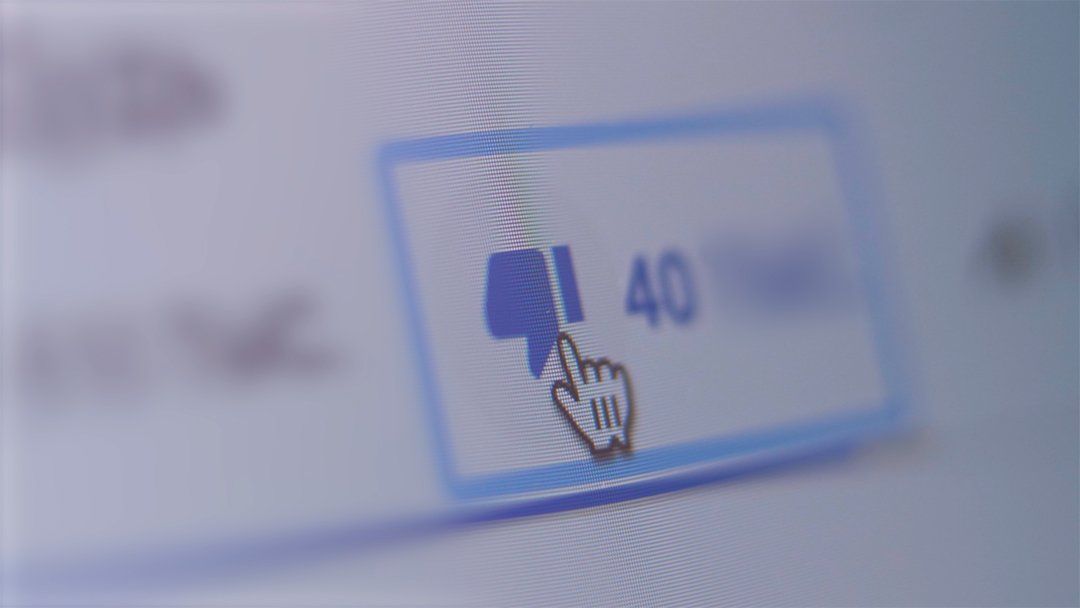YouTube Removes All Videos Dislike Counts Across its Platform
YouTube Removes All Videos Dislike Counts Across its Platform

YouTube today revealed its choice to make the "dislike" button visible while the number on the videos is concealed throughout its platform. The choice is likely to be questionable given the degree that it influences the general public's exposure to a video clip's function. However, YouTube thinks the modification will better secure its creators from harassment. Also, it reduces the risk of "dislike attacks"—basically, when a group teams up to drive up the variety of disapproval a video clip gets.
The firm states that while dislikes will not show up to the general public, it's not taking out the button itself. Still, users can click the thumbs down to show their disapproval of videos independently made by creators. On the other hand, the content creators can track how many dislikes they got in YouTube Studio and other analytics concerning their created videos’ performance.
YouTube Experiment
The change follows an experiment YouTube ran earlier this year. Its objective was to figure out if these kinds of adjustments would certainly minimize dislike assaults as well as developer harassment. At the time, YouTube clarified that public disapproval counts can impact creators' well-being and may encourage targeted projects to add disapproval to videos. While that's true, disapproval can additionally serve as a signal to others when video clips are clickbait, spam, or deceptive, which can be helpful. YouTube claimed it had also reached out to smaller designers and those who were just starting on the platform.
Moreover, they expressed that it seemed disapproval assaults were unjustly targeting them. The experiment validated that designers with smaller networks were targeted with dislike strikes greater than more prominent developers. Nevertheless, YouTube had declined to give out details or the data gathered with those experiments when TechCrunch asked. However, it claimed it ran its tests for "numerous months" and carried out an "extensive evaluation of the effect" regarding how the modifications impacted both individuals and creators alike.
The firm experimented with various layouts for removing the disapproval counts, including one where the word "Disapproval" appeared underneath the thumbs down button as opposed to the variety of dislikes. The layout the business has currently picked is much less of a disruptive modification to the row of involvement buttons below a video clip.
Similar Actions taken by Facebook and Instagram
This business would not be the original notable system to explore the idea of lowering the public visibility of signals that communicate customer sentiment. For similar factors related to mental health, Instagram, for example, started tests a few years ago to hide its Like counts internationally. It thought the focus on accomplishing Likes could be harmful to the community. Also, content creators may be less comfortable expressing themselves on the system. Eventually, however, neither Instagram nor Facebook could fully make the decision, rather putting the power to conceal Likes back under individuals' control. This move has effectively maintained the status intact.
YouTube's modifications to the "dislike" matter are being introduced at once when there's been a public enumeration over big technology and its influence on minors’ mental health and wellness. Businesses have been reconsidering how to design their systems when targeting and influencing their customer base while adjusting to the coming policies. Legislators have been tying tech execs to litigation in several markets, including YouTube. Meanwhile, they are crafting regulations targeted at ruling in a few of tech's other problematic elements. Some areas of regulatory interests include ad targeting, algorithmic boosting, mental health, privacy, and more.
Enhanced Protection and Privacy Features
In YouTube's situation, the business has tried to get ahead of a few of the required modifications by enhancing features for protection and privacy for users ages 13 to 17 while reducing the potential to monetize web content that is "harmful" to kids. But the bigger shift on the market is additionally pressing businesses to think about other areas in their systems that might be potentially harmful to broad groups of individuals.
That being said, YouTube informed TechCrunch that the removal of the count of dislikes today is not governed by any changes in regulation, but rather, it’s a move to support content creators. "We are proactively making this change because YouTube has an obligation to safeguard developers, particularly smaller-sized developers, from harassment and dislike strikes," a representative stated.
Certainly, the company is rolling this out when the battle for creating content is becoming widely competitive between tech giants. Social media platforms are setting up funds to keep their top content creators amidst growing competition, such as TikTok. This year, YouTube revealed $100 million for the content creator fund to jumpstart its platform on short-form videos. And in the past few years, it also introduced several brand-new policies and features targeted at boosting the content creator experience.
YouTube's changes to remove the dislike count were rolled out globally last month across YT’s platform, including the internet and all devices.













